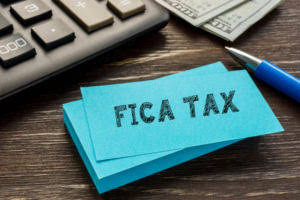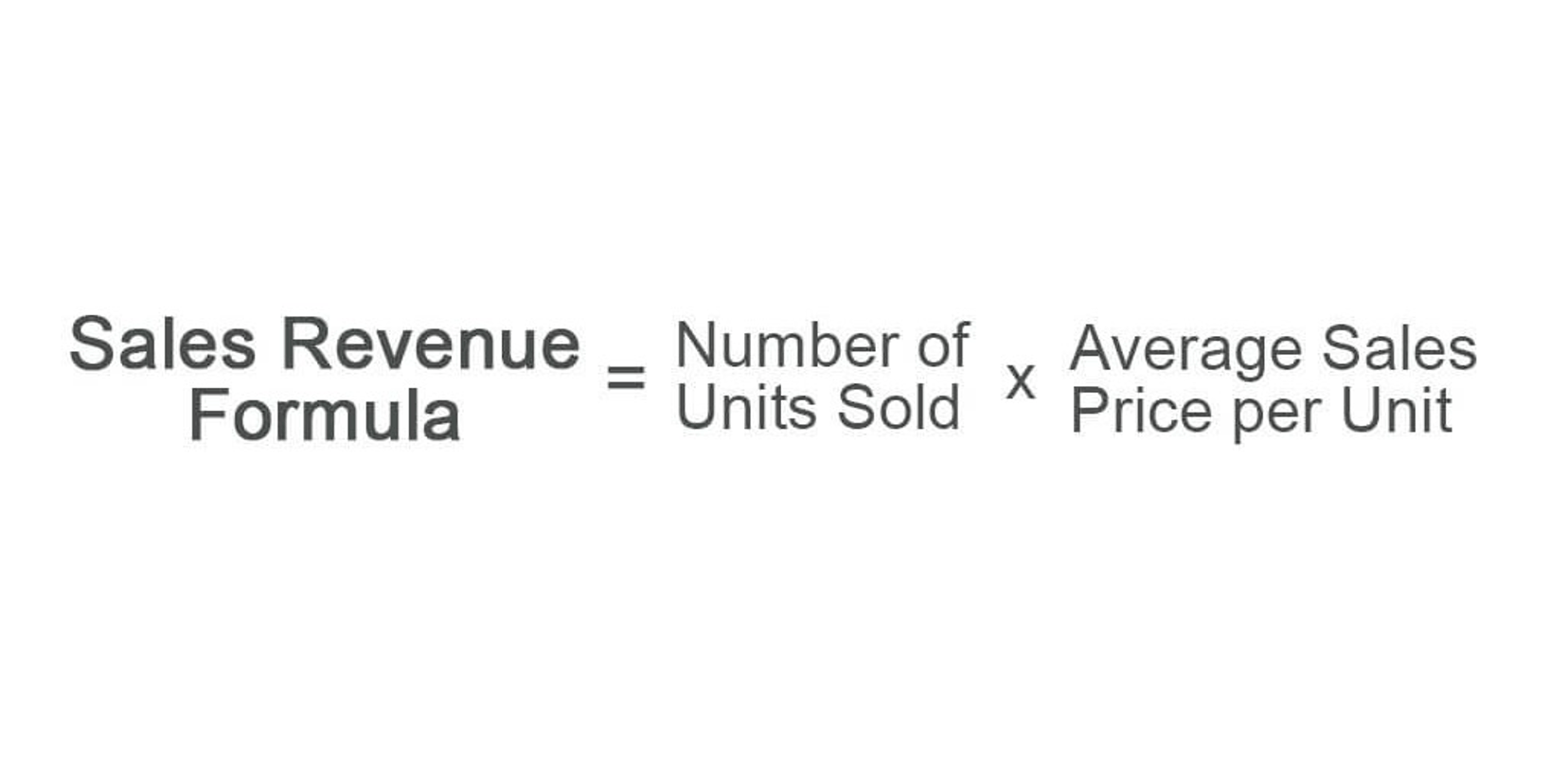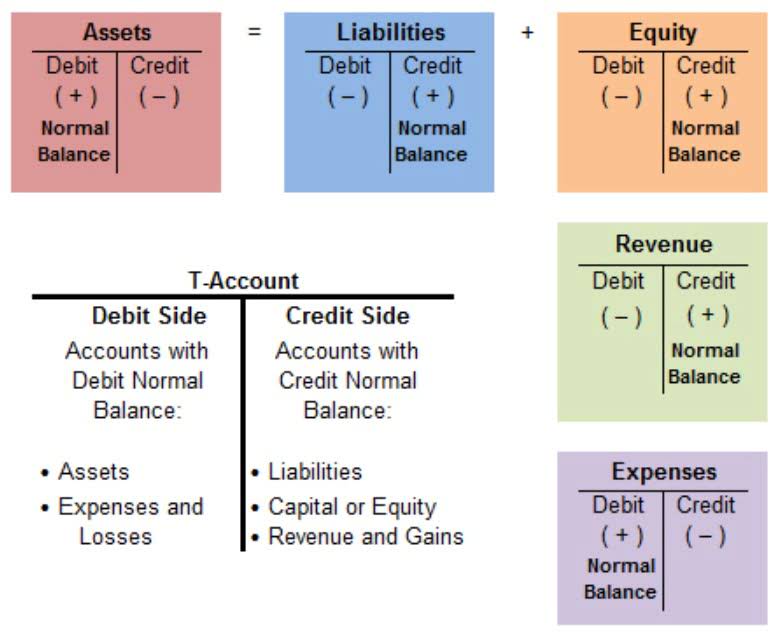After the first year, we apply the depreciation rate to the carrying value (cost minus accumulated depreciation) of the asset at the start of the period. If, for example, an asset is purchased on 1 December and the financial statements are prepared on 31 December, the depreciation expense should only be charged for one month. In the accounting period in which an asset is acquired, the depreciation expense calculation needs to account for the fact that the asset has been available only for a part of the period (partial year). The following section explains the step-by-step process for calculating the depreciation expense in the first year, mid-years, and the asset’s final year.
Declining Balance Method: What It Is and Depreciation Formula
By front-loading depreciation expenses, it offers the advantage of aligning with the actual wear and tear pattern of assets. This not only provides a more realistic representation of an asset’s condition but also yields tax benefits and helps companies manage risks effectively. The declining balance method is also known as the reducing balance method.
How to calculate DDB depreciation
However, using the double declining depreciation method, your depreciation would be double that of straight line depreciation. However, note that eventually, we must switch from using the double declining method of depreciation in order for the salvage value assumption to be met. Since we’re multiplying by a fixed rate, there will continuously be some residual value left over, irrespective of how much time passes. If the company was using the straight-line depreciation method, the annual depreciation recorded would remain fixed at $4 million each period. The amount of final year depreciation will equal the difference between the book value of the laptop at the start of the accounting period ($218.75) and the asset’s salvage value ($200). For example, if an asset has a salvage value of $8000 and is valued in the books at $10,000 at the start of its last accounting year.
Double Declining Balance Depreciation Example
For reporting purposes, accelerated depreciation results in the recognition of a greater depreciation expense in the initial years, which directly causes early-period profit margins to decline. Sara wants to know the amounts of depreciation expense and asset value she double declining balance method needs to show in her financial statements prepared on 31 December each year if the double-declining method is used. After the final year of an asset’s life, no depreciation is charged even if the asset remains unsold unless the estimated useful life is revised.
- If you’re brand new to the concept, open another tab and check out our complete guide to depreciation.
- It is important to note that we apply the depreciation rate on the full cost rather than the depreciable cost (cost minus salvage value).
- If you want to learn more about fixed asset accounting as a whole, then head to our guide on what fixed asset accounting is, where we discuss the four important things you need to know.
- In a straight-line depreciation method, the asset will be depreciated uniformly over 10 years at 10%.
- At Finance Strategists, we partner with financial experts to ensure the accuracy of our financial content.
- Since we’re multiplying by a fixed rate, there will continuously be some residual value left over, irrespective of how much time passes.
What Is a Suspense Account: Definition, Types and Examples
- (An example might be an apple tree that produces fewer and fewer apples as the years go by.) Naturally, you have to pay taxes on that income.
- Per guidance from management, the PP&E will have a useful life of 5 years and a salvage value of $4 million.
- We can understand this by illustrating the case of a company that identifies huge profits on asset sales.
- Through this example, we can see how the DDB method allocates a larger depreciation expense in the early years and gradually reduces it over the asset’s useful life.
- The theory is that certain assets experience most of their usage, and lose most of their value, shortly after being acquired rather than evenly over a longer period of time.
- Once the asset is valued on the company’s books at its salvage value, it is considered fully depreciated and cannot be depreciated any further.
- Among the various methods of calculating depreciation, the Double Declining Balance (DDB) method stands out for its unique approach.
The Sum-of-the-Years’ Digits Method also falls into the category of accelerated depreciation methods. It involves more complex calculations but is more accurate than the Double Declining Balance Method in representing an asset’s wear and tear pattern. This method balances between the Double Declining Balance and Straight-Line methods and may be preferred for certain assets. This depreciation method is used when assets are utilized more in the early years and when assets become obsolete quickly.
Save more by mixing and matching the bookkeeping, tax, and consultation services you need. And the book value at the end of the second year would be $3,600 ($6,000 – $2,400). This cycle continues until the book value reaches its estimated salvage value or zero, at which point no further depreciation is recorded.
- Proponents of this method argue that fixed assets have optimum functionality when they are brand new and a higher depreciation charge makes sense to match the fixed assets’ efficiency.
- The company then needs to measure the value of the asset at the end of its useful life.
- Finance Strategists has an advertising relationship with some of the companies included on this website.
- In the step chart above, we can see the huge step from the first point to the second point because depreciation expense in the first year is high.
That’s why depreciation expense is lower in the later years because of the fixed asset’s decreased efficiency and high maintenance cost. FitBuilders estimates that the residual or salvage https://www.bookstime.com/ value at the end of the fixed asset’s life is $1,250. Since we already have an ending book value, let’s squeeze in the 2026 depreciation expense by deducting $1,250 from $1,620.
- Deskera can help you generate payroll and payslips in minutes with Deskera People.
- First, determine the asset’s initial cost, its estimated salvage value at the end of its useful life, and its useful life span.
- Suppose a company purchases a piece of machinery for $10,000, and the estimated useful life of this machinery is 5 years.
- This method accelerates straight-line method by doubling the straight-line rate per year.
- You can connect with a licensed CPA or EA who can file your business tax returns.
- These financial relationships support our content but do not dictate our recommendations.
Upfront Recovery of the Purchase Cost
Using the double declining balance depreciation method increases the depreciation expense, reducing the tax expense and net income in the early years. The Double-Declining Balance method is a form of accelerated depreciation. In this approach, the asset is depreciated at double the rate as compared to straight-line depreciation. Double declining balance depreciation is an accelerated depreciation method that charges twice the rate of straight-line deprecation on the asset’s carrying value at the start of each accounting period. Double declining balance depreciation allows for higher depreciation expenses in early years and lower expenses as an asset nears the end of its life. The declining balance method is one of the two accelerated depreciation methods and it uses a depreciation rate that is some multiple of the straight-line method rate.






